Native Plant Gardening 101
Emily Fielder2024-01-04T08:29:18-06:00We’ve seen tremendous growth in the interest in native plants, particularly over the last few years as the enthusiasm for gardening has skyrocketed. Homeowners have become more mindful of our impact on the world, and are seeking ways to boost sustainability for future generations. If you’re looking for a sustainable and easy way to elevate your garden, look no further than native plants! Native plants are especially well-suited to the local climate, making them an excellent choice for gardeners in any climate or hardiness zone.
Below is a quick guide on how to get started with native plant gardening.
What Are Native Plants, and Why They Matter
Native plants grow naturally in a specific habitat or region without the intervention of humans. They have adapted to the local climate and soil conditions over thousands of years. These plants are frequently referred to as “endemic” or “indigenous,” indicating that they are native to that region. Native plants are essential for the survival of healthy ecosystems because they provide food and habitat for native wildlife such as birds, butterflies, and other pollinators. According to the American Society of Landscape Architects, there are many reasons to incorporate native plants in our gardens. Native plants have aesthetic and ecological value and typically require less maintenance than non-native species. As a result, they are an excellent choice for home gardens because they need less fertilizer, water, and pesticides.

How to Select Native Plants for Your Garden
Native plants are ideal for creating a low-maintenance, eco-friendly garden. These plants are beautiful and well-adapted to the local climate and soil, making them easier to care for with a bit of preparation.
There are things to consider when choosing the right native plants for your space. You can use PlantTAGG’s ‘Suggest A Plant’ feature to identify which native plants will work in your yard and yard. It’s super easy to use – check out the video below for a quick overview on this innovative feature.
Here are a few things to consider:
Determine the Growing Conditions for Your Plant
Native plants adapt to the soil conditions and local climate, so it’s critical to understand your planting environment. Take into account the amount of light, water, and soil type in your garden.
Research on the Species
To begin, you’ll need to research to determine which plants are indigenous to your area. Learn about the sensitivity of native plants from your local native plant society (we love our local group!). You can also contact your local nursery, garden center, or Master Gardeners for more specific information about the plants that will thrive in your climate and soil type.
Consider the Plant’s Size and Shape
Consider the size of your native plants when selecting them for your garden. You want a plant that is manageable for your space and complements your area. For example, you may want something that stands tall or more upright, while other areas might benefit from something more sprawling.
Select Plants Appropriate for the Area
Consider the location of the native plants when choosing them. Are you going to plant in the sun or the shade? Is there a risk of flooding or drought in the area? The plants you choose should be suitable for the conditions of the space.
Think About Wildlife
Consider the species that frequent your area. Native plants provide valuable habitats for wildlife. Different plants attract birds, butterflies, and other animals, so choose plants that attract the wildlife you want. Dr. Doug Tallamy of the University of Delaware wrote an inspiring book (Natures Best Hope) encouraging gardeners to rethink the way they garden and landscape to benefit wildlife and communities.
Prepare Soil for Native Plants
After you’ve decided which native plants to include in your garden, you’ll need to prepare the soil. First, it’s good to understand your soil type. From there, you can pull weeds and amend the soil with organic matter like manure or compost. Native plants typically cannot survive in wet, soggy soil, so ensure it is well-drained.
Caring for Native Plants
Native plants are typically low-maintenance and require less water and fertilizer than non-native species. Still, you’ll want to water as needed, fertilize during the growing season, and prune to keep them in shape. In addition, you’ll want to avoid planting invasive species, which can quickly take over your garden.
Different plant species require varying amounts of sunlight, water, and nutrients. Limiting disturbance to their habitat is also critical (e.g., limiting activities like walking, mowing, and digging in their natural areas). If you plant native plants in your yard, leave enough space for them to spread out, and don’t crowd them.
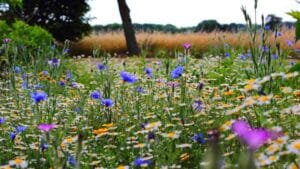
Otherwise, caring for natives can be a fulfilling way to garden. Here are some tips for caring for your native plants:
Watering: While most native plants are drought-tolerant, they will still need regular watering during their first year of growth. After that, they should be able to survive on natural rainfall.
Fertilizing: Native plants generally do not require fertilizers. In fact, excessive fertilization can harm the plant and the surrounding ecosystem.
Pruning: Pruning is essential for maintaining the health and shape of your native plants. However, avoiding over-pruning is critical, which can stunt the plant’s growth and reduce its ability to provide food and habitat for native wildlife.
Pest control: Native plants are often resistant to local pests and diseases. However, if you need to control pests, choose environmentally friendly methods that won’t harm the surrounding ecosystem.
Mulching: Mulching helps to retain moisture, suppress weeds, and regulate soil temperature. Use a natural, organic mulch such as wood chips, leaves, or compost.
Use PlantTAGG to Get Started With Native Plants
Native plant gardening can be a rewarding and environmentally friendly way to beautify your garden and support the local ecosystem. Your native plant garden will be a stunning addition to your landscape with the proper preparation and care. So head on over to the PlantTAGG app — it’s free to download and use — and start building a native plant garden for all to enjoy!




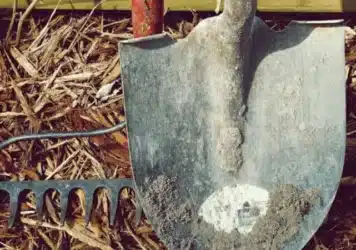
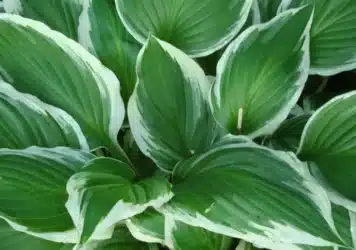

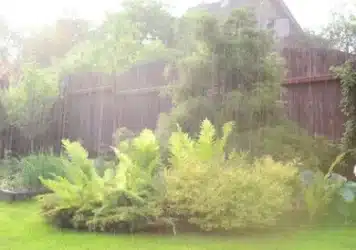
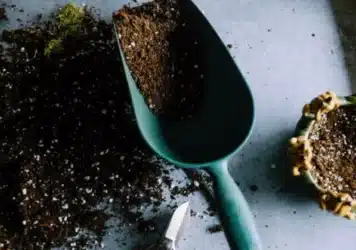
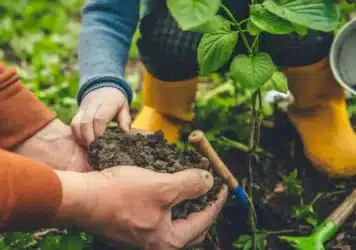
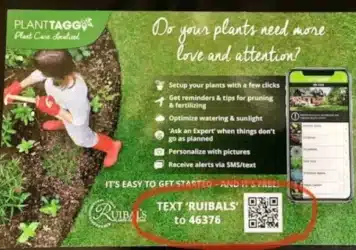


Leave a Reply